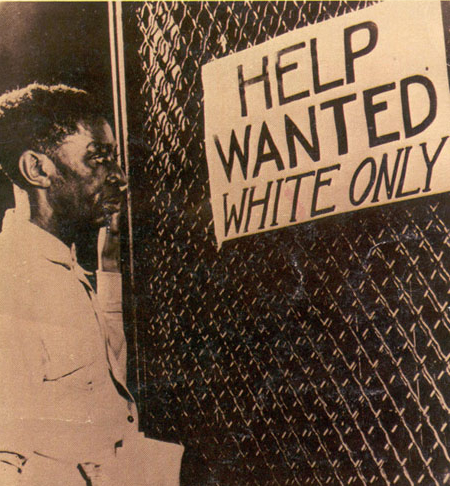The only way to ensure that the past and its mistakes do not repeat themselves is to educate ourselves about the "stories" that occurred.... One such example of this is the story of Medgar Evers, Civil Rights Activist.
Emerging from his car and carrying NAACP T-shirts that read "Jim Crow Must Go," Evers was struck in the back with a bullet fired from rifle near his home his Jackson, Mississippi. He staggered 30 feet before collapsing. He died at a local hospital 50 minutes later, just hours after President John F. Kennedy's speech on national television in support of civil rights.
Your task:
Think about the price people have paid in the fight for freedom, equity, and peace....many of them, the ultimate price which is human life. So why fight if the risk can be so great? Is this fight really about achieving an American Dream or is it something altogether different? Something bigger?
As a group you must research one person who fought in this fight in the 1960s for equality and acceptance for the African Americans. You will ultimately present your person to the class in a formal presentation, but right now, your focus must be on finding your person. You will be given the guidelines for your presentation the next time we meet and the only rule is that you cannot choose Martin Luther King, Jr. as your person.
Your job will be to bring this person alive to the class and tell his/her story in a way that after the presentation is over, we feel as if we "know" this person. For now.... agree on a person and be ready to present the name to me at the beginning of the next class. It would be a good idea to have a second and third choice just in case another group chooses your person ahead of you.....
04 February 2010
Jim Crow Laws....seriously??
The Civil War in the Unite d States was fought from 1861-1865.
d States was fought from 1861-1865.
In 1863 President Abraham Lincoln signed the
 d States was fought from 1861-1865.
d States was fought from 1861-1865.In 1863 President Abraham Lincoln signed the
which formally abolished slavery in the United States and declared all men free when it said:
"That on the 1st day of January, A.D. 1863, all persons held as slaves within any State or designated part of a State the people whereof shall then be in rebellion against the United States shall be then, thenceforward, and forever free...."
So how is it possible that ONE HUNDRED YEARS LATER, the Jim Crow Laws could still be in effect?
Your group's task:
Look at each of the following pictures which are examples of Jim Crow Laws throughout the southern United States in the 20th century.
How do they make you feel?
What do they make you want to do/say when you see them?
What about statements such as these about Jim Crow Laws:
1. One rationale for the systematic exclusion of Black Americans from southern public society was that it was for their own protection.....
2. Allowing Blacks in White schools would mean constantly subjecting them to adverse feelings and opinions which would not be fair for them to experience....
How do these make you feel when you hear them? What could members of society do to actually change these opinions, these laws, and these ways of thinking?!!? Could they do anything?
Subscribe to:
Posts (Atom)







